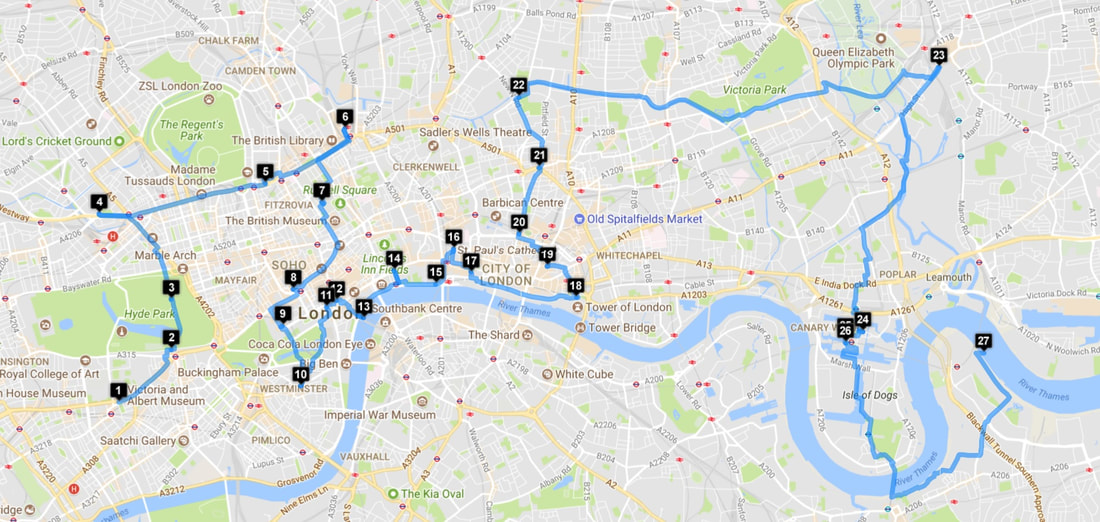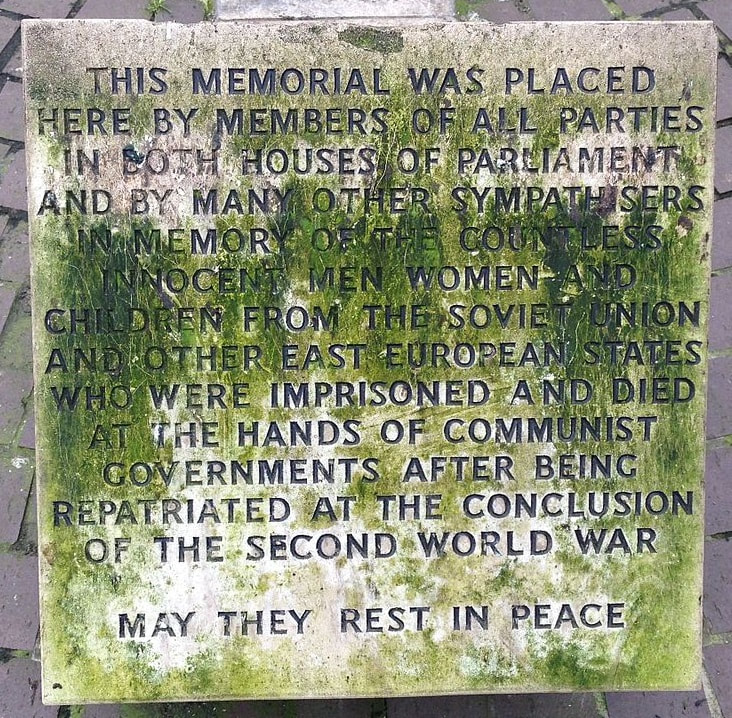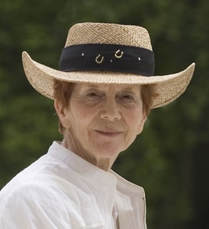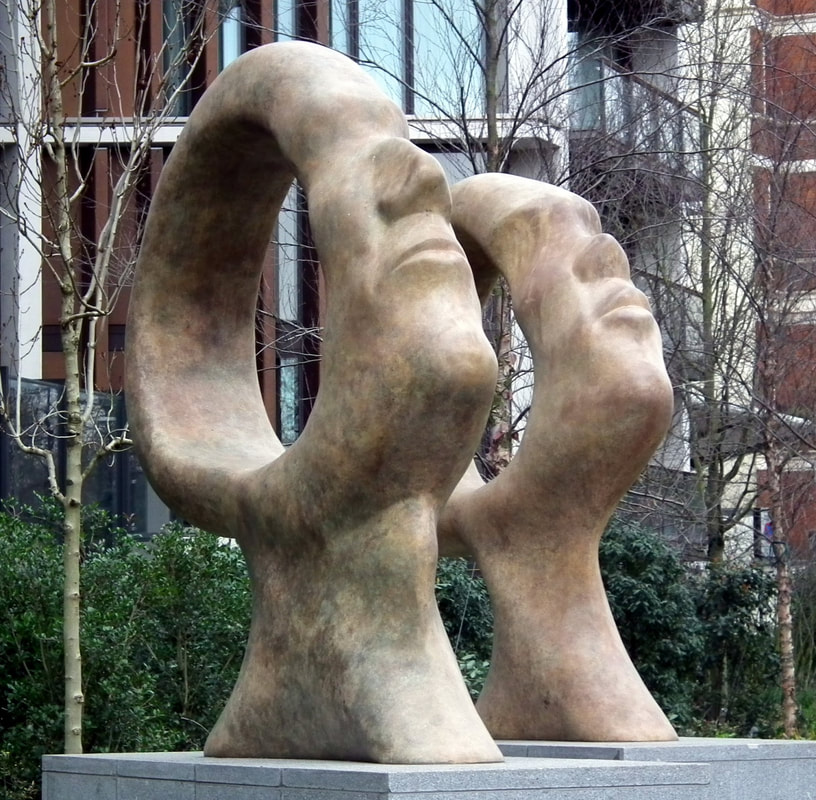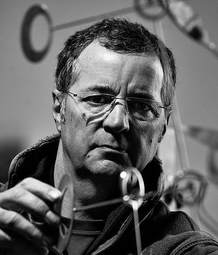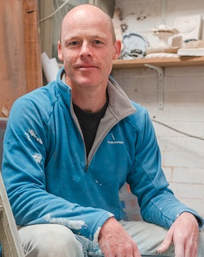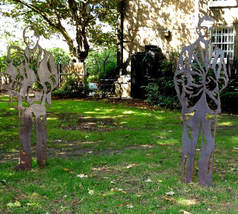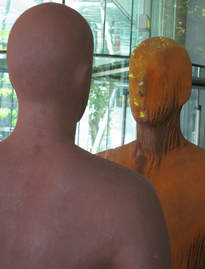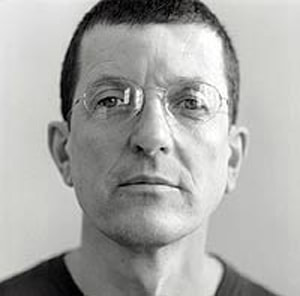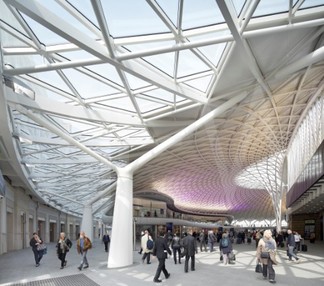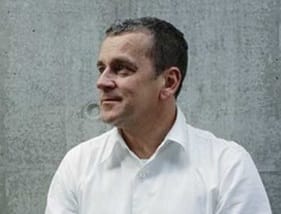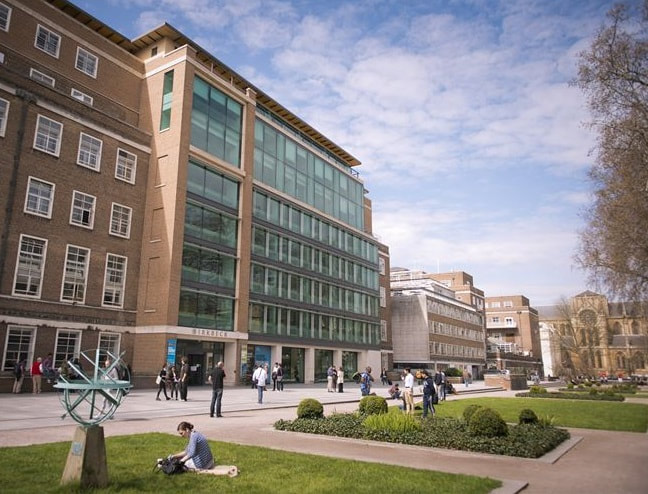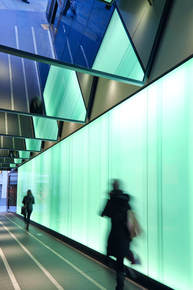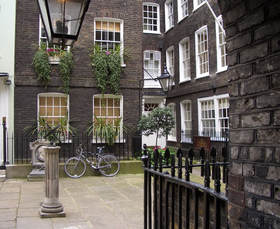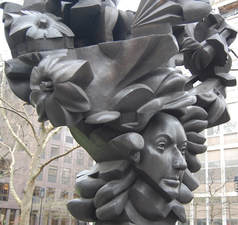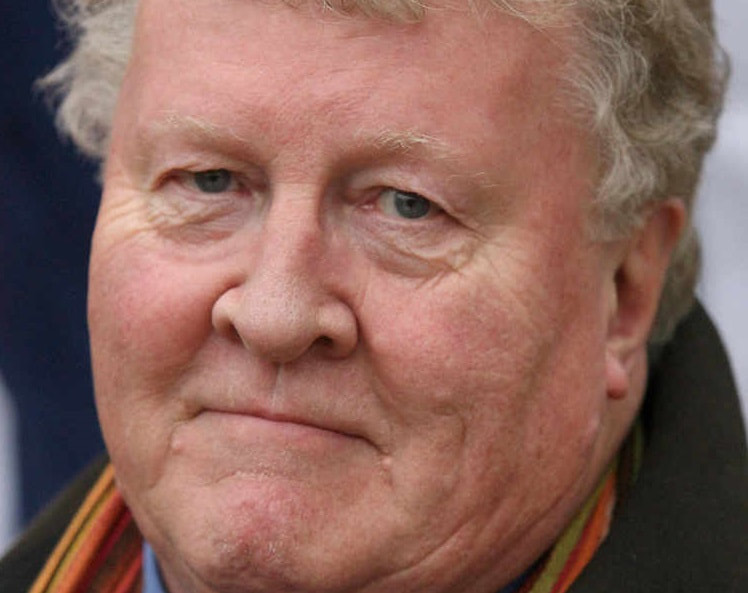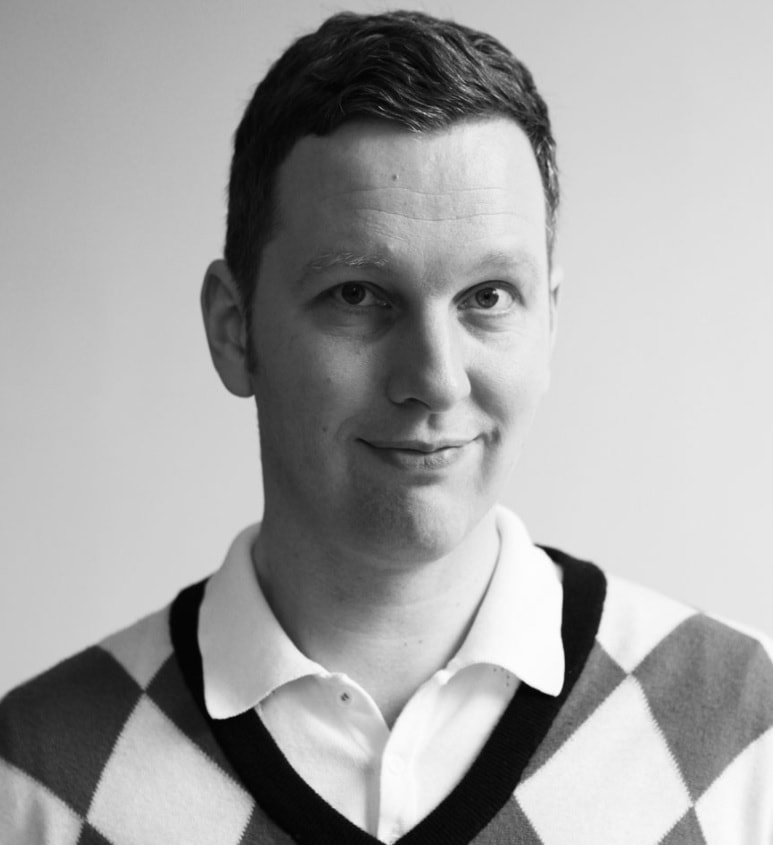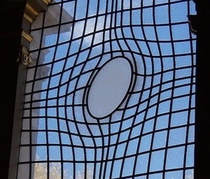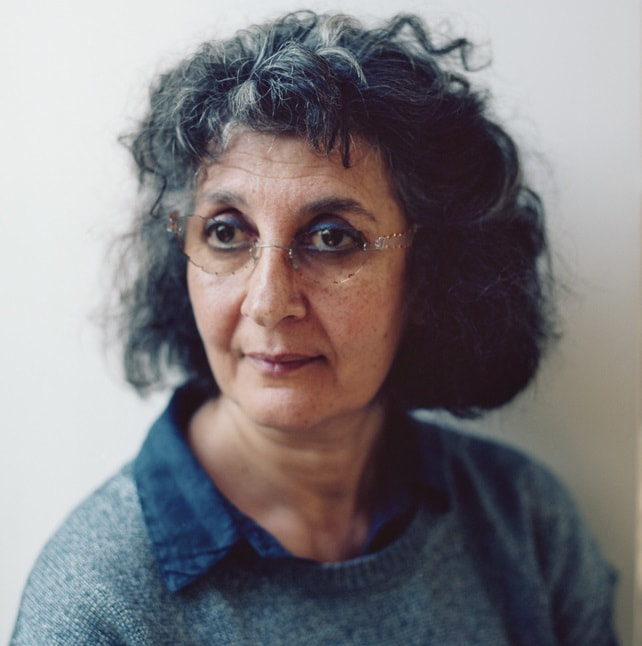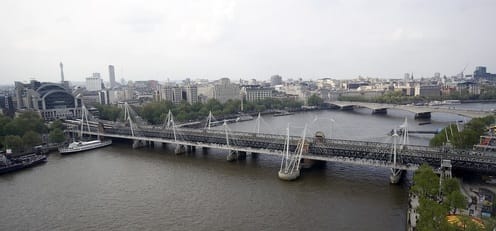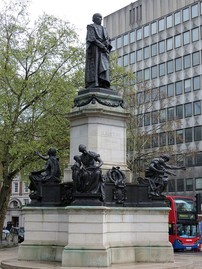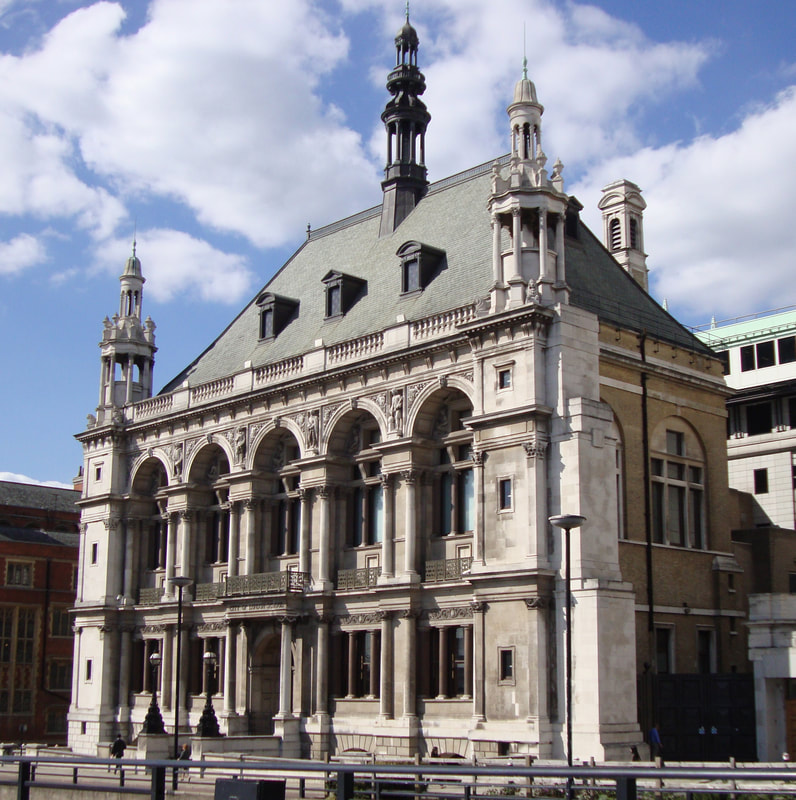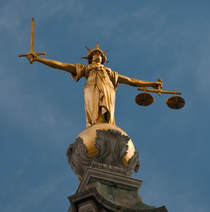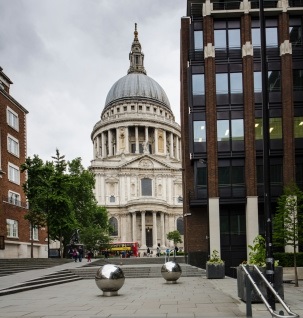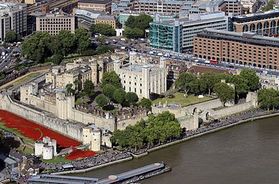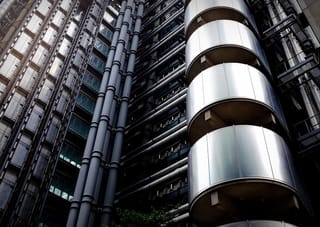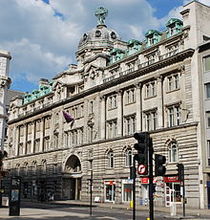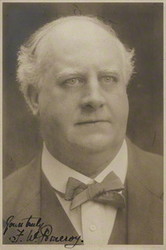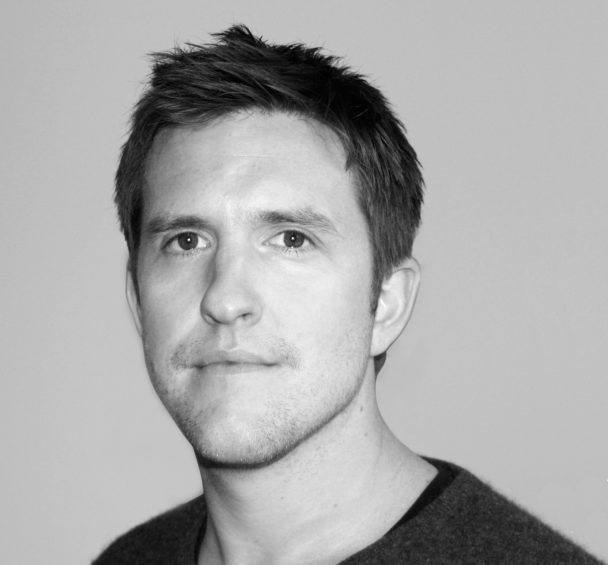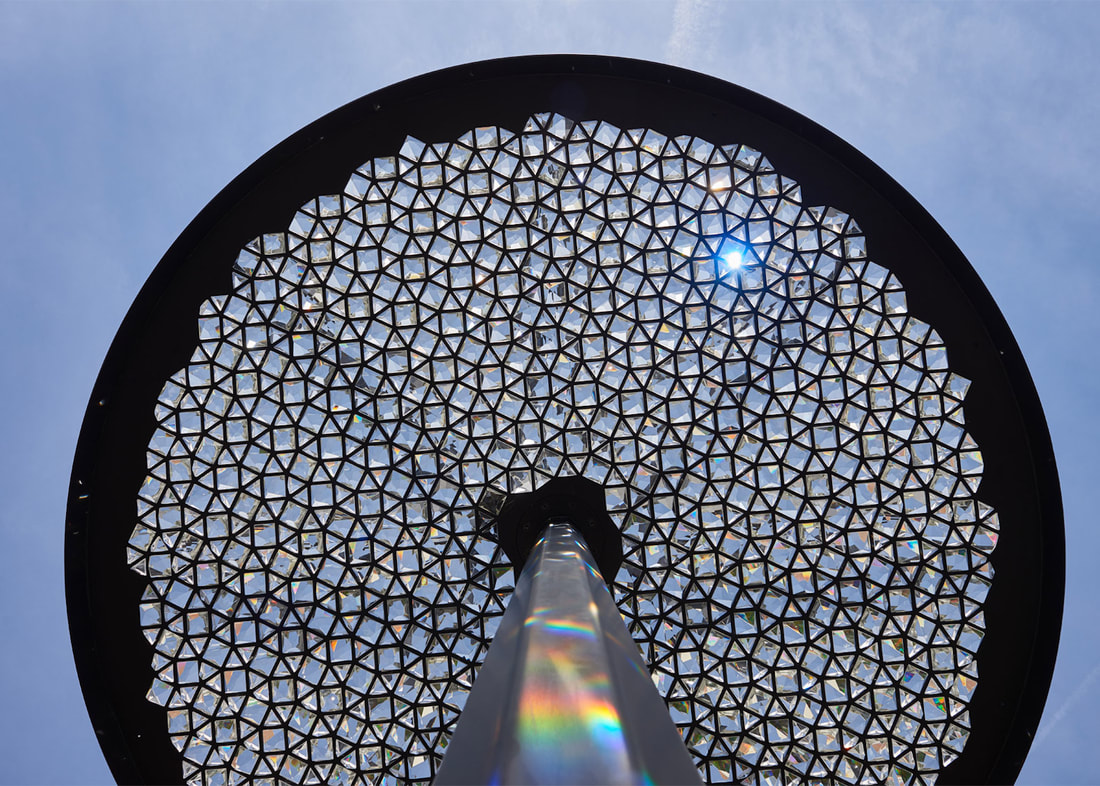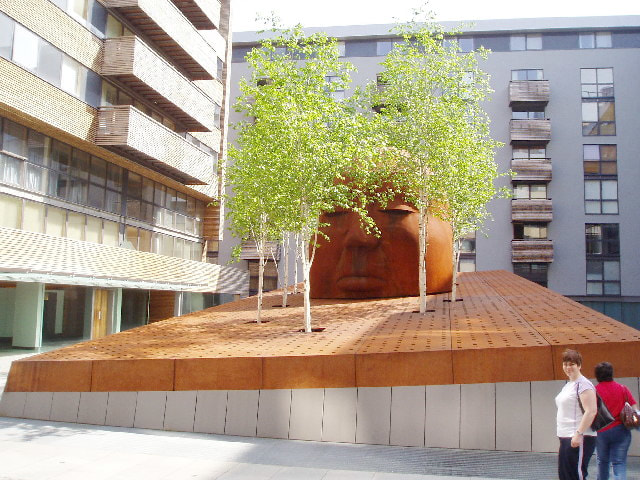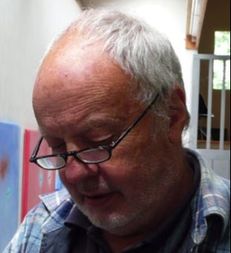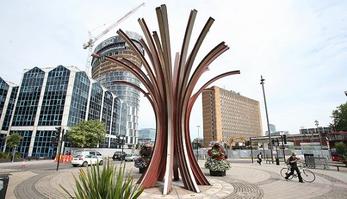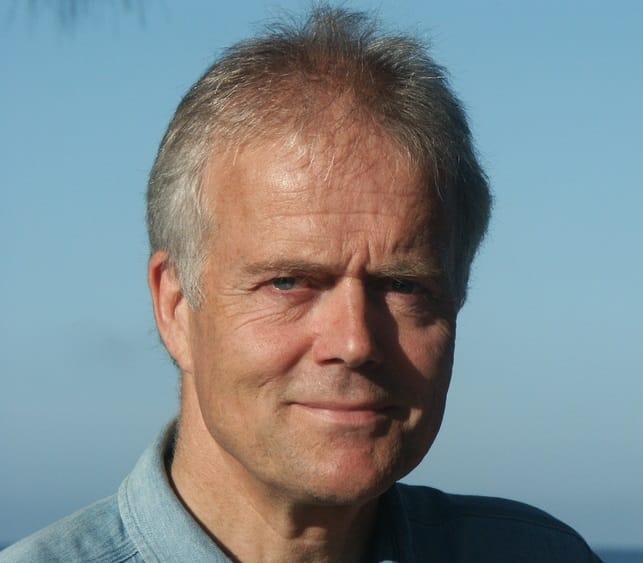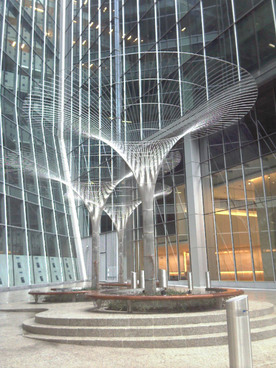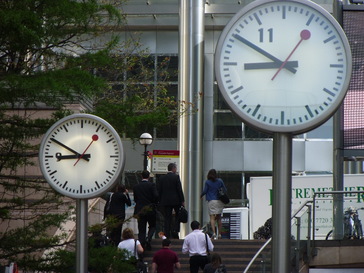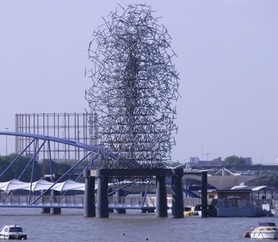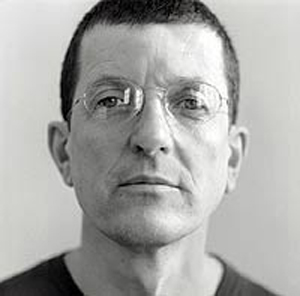Psi
Menu
|
|
Twelve Responses to Tragedy
|
|
Cromwell Gardens
South Kensington London, SW7, UK |
Search for Enlightenment
|
|
One Hyde Park
100 Knightsbridge, London, SW1X 7LJ |
|
|
Reformer's Tree
|
|
Hyde Park, London
|
Mary Seacole, Alan Turing
|
|
St Mary's Square, London
|
|
|
Reflection
|
|
Here is the human body at a moment of self possession which is both about realisation and reflexivity mixed with a perceptual puzzle: whether the image that lies the other side of the g lass is actually a material thing or a reflection; this only becomes clear when you, the viewer, have passed across the threshold.”
|
Sir Antony Mark David Gormley, OBE (born 1950) is a British sculptor. In 2008 The Daily Telegraph ranked Gormley number 4 in their list of the "100 most powerful people in British culture". Gormley has populated cities and coasts with his altered replicas and found innovative ways of placing his forms in architectural spaces.
¤Other work in Psi: Quantum Cloud in London (see below)
¤Other work in Psi: Quantum Cloud in London (see below)
|
350 Euston Rd,
London NW1 3JN, UK |
King’s Cross StationKing's Cross railway station is a major London railway terminus which opened in 1852 on the northern edge of central London. In 2005, a £500 million restoration plan was announced. The new departures concourse was designed by John McAslan & Partners, and opened to the public on 19 March 2012, in advance of the 2012 London Olympics. The concourse rises some 20m and spans the full 150m-length of the existing Grade I Listed Western Range, comprising of 16 steel tree form columns that radiate from an expressive, tapered central funnel. It is Europe’s largest single span station structure and has become an iconic crossroads of London, linking St Pancras Station, Thameslink services, London Underground, taxis and bus services, and accommodating up to 150,000 passengers daily.
John Renwick McAslan, CBE (born 1954) is a British architect. He founded John McAslan + Partners in 1996. The firm was named World Architect of the Year in 2009 by Building Design magazine. The practice's work has been extensively exhibited and has received more than 120 international design awards, including 25 RIBA international, national, regional and special awards.
|
|
|
Torrington Square,
|
Timelines
|
|
‘My intention is that 'Timelines' will evoke a deeply felt longing for a relationship to nature, common to all humankind, simulated by the use of ‘artificial’ elements. For me, the work represents the pursuit of a sense of integrity that the human condition has lost in relation to nature, yet the desire to gain this is ever-present in contemporary life.
|
Daniela Schönbächler (born 1968 in Switzerland) is active in various disciplines such as installation, sculpture, photography and painting. Timelines was commissioned by The Crown Estate Curated and managed by Modus Operandi, an independent arts unit founded by Vivien Lovell with a track record of curating and producing art of the highest quality in the public realm.
|
33 Glasshouse St, Soho, London W1B 5RD, UK
|
|
|
Armillary Sphere,
|
The Flowering of the English Baroque
|
|
|
|
Really Good
|
|
Trafalgar Square, London WC2N 5DN, UK
|
East Window
|
|
St Martin-in-the-Fields
Trafalgar Square, London |
|
|
Golden Jubilee Bridge
Built either side of the existing Hungerford Bridge (1845) and completed in 2002, the Golden Jubilee Bridges are 4-metre wide footbridges. They were named in honour of the fiftieth anniversary of Queen Elizabeth II's accession. Designed by Lifschutz Davidson Sandilands, their construction was complicated by the need to keep the railway bridge operating without interruptions, the Bakerloo Line tunnels passing only a few feet under the river bed, and the potential danger of unexploded World War II bombs in the Thames mud.
Lifschutz Davidson Sandilands is a practice of architects, urban designers and masterplanners established in 1986 and practicing out of London. The bridges won the Specialist category in the Royal Fine Art Commission Building of the Year Award in 2003. The footbridges are reportedly the busiest in London, with an estimated footfall of 8.5 million each year.
|
The Gladstone Memorial,
|
|
Courage depicts a mother defending her child from danger. She has seized the neck of the marauding snake in one clenched fist, the other powerful hand holding the short curved sword with which she is about to strike off its head. She wears on her head a Heraclean lion’s head and skin, symbol of strength.
|
The memorial was made by Sir William Hamo Thornycroft (1850 – 1925), an English sculptor responsible for some of London’s best known statues.
|
|
Newton Statue
|
Lady Justice
|
|
The Tower of LondonThe Tower of London, officially Her Majesty's Royal Palace and Fortress of the Tower of London, is a historic castle located on the north bank of the River Thames in central London. It was built by William the Conqueror in 1078, and was a resented symbol of oppression, inflicted upon London by the new ruling elite. The castle was used as a prison from 1100 until 1952 although that was not its primary purpose. A grand palace early in its history, it served as a royal residence. As a whole, the Tower is a complex of several buildings set within two concentric rings of defensive walls and a moat. It is a UNESCO World Heritage Site.
|
|
|
|
LLoyd's BuildingThe Lloyd's building is home to the insurance institution Lloyd's of London, located on the former site of East India House in Lime Street, in London's main financial district. It was opened by Queen Elizabeth II on 18 November 1986 and has since recieved Grade I listing in 2011 (the youngest structure ever to obtain this status). It is a leading example of radical Bowellism architecture in which the services for the building, such as ducts and lifts, are located on the exterior to maximise interior space.
Rogers Stirk Harbour + Partners (RSH+P) is a British architectural firm, founded in 1977 and originally known as the Richard Rogers Partnership. Previously, Richard Rogers had worked on the Pompidou Centre in Paris.
|
Young Atlases
|
|
Ommatidium
|
|
Samuel Wilkinson graduated in furniture and related product design at Ravensboure College of Art & Design in 2002. He has worked on projects for leading clients such as British Airways, Audi, LG, Samsung, and Virgin Airways.
|
Dr Beau Lotto is a neuroscientist whose studies in human perception have taken him into the fields of education, the arts and business. Beau's scientific research, carried out both in the US and the UK (he is attached to UCL).
|
Master of Suspense
|
|
|
|
Railway Tree
|
|
Essex House, 72 High St, London E15, UK
|
DS3 Courtyard SculptureThis sculpture was built by BF Bassett and Findley and can be found in the D3 Building Courtyard, in Canary Warf. The sapling design was intended to introduce an element of simplicity into the manufacture of the component parts.
|
Six public clocks
|
|
Reuters Plaza, Canary Warf, London
|
Quantum Cloud
|
|
Isle of Dogs, London, UK
|
